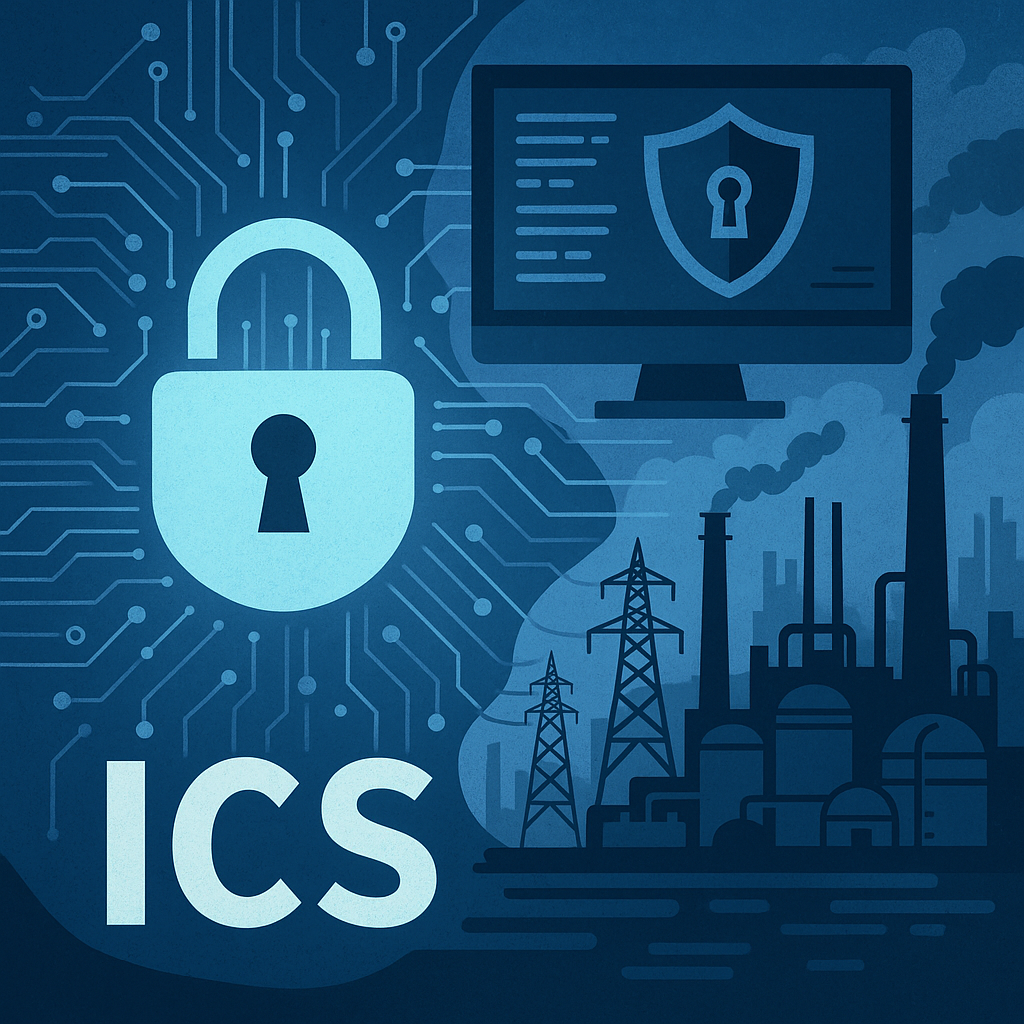Deciphering the Layers of Cybersecurity in Industrial Sectors: OT, ICS, and SCADA Explained
As industries continue to evolve towards more automated and interconnected systems, cybersecurity in operational technologies (OT), industrial control systems (ICS), and supervisory control and data acquisition (SCADA) becomes increasingly crucial. This post aims to clarify these complex systems and their interrelationships while highlighting the unique security challenges they face.
Understanding the Basics
Operational Technology (OT) refers to hardware and software that detect or cause a change through the direct monitoring and/or control of physical devices, processes, and events in the industrial sector. This technology is paramount in sectors like manufacturing, energy, and transportation.
Industrial Control Systems (ICS) are considered a subset of OT, specifically designed to manage industrial processes. ICS frameworks might include systems such as Programmable Logic Controllers (PLCs) or distributed control systems (DCS).
Supervisory Control and Data Acquisition (SCADA) systems provide a centralized system to monitor and control entire sites or complexes of systems spread out over large areas, often used in power plants or during water treatment processes.
Breaking Down the Security Implications
The nuanced differences between OT, ICS, and SCADA often translate into distinct security challenges. For instance, OT security encompasses safeguarding physical endpoints and related network systems (Palo Alto Networks). ICS security focuses more on internal network systems that interact with physical processes, while SCADA's centralized nature demands stringent measures to protect data integrity and system functionality (KuppingerCole; Balbix).
With the connectivity of these systems increasing, so do the potential cyber threats. For example, in a reported incident in 2022, a large-scale power utility faced disruption due to a targeted cyberattack on its SCADA system, underscoring the vulnerabilities these systems are exposed to.
Towards Improved Security Practices
New technologies and emerging threats require updated and vigilant security strategies. Practices like conducting regular security assessments, implementing robust access controls, and real-time monitoring need to be standardized. Furthermore, cross-sector collaboration and real-time threat intelligence sharing are vital as these technologies are interwoven into national security frameworks.
It's essential for stakeholders to stay informed about trends such as the convergence of IT (Information Technology) and OT, which adds layers of complexity to cybersecurity frameworks but also offers new tools for defense.
In 2025, cybersecurity measures in ICS and OT are expected to become even more critical as industries push towards full digital transformation (Dragos).
Key Takeaways
To protect these vital systems, understanding the operational specifics and integrative aspects of OT, ICS, and SCADA is imperative. By deepening cybersecurity protocols and fostering a culture of continuous improvement and adaptation, industries can safeguard against the ever-evolving cyber threats.
